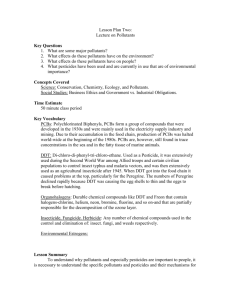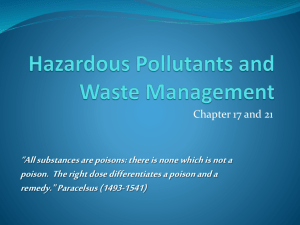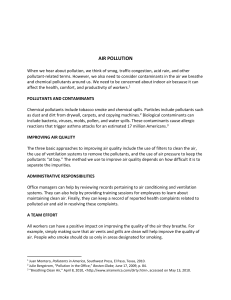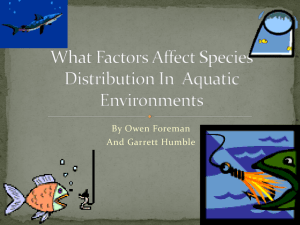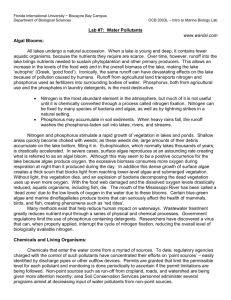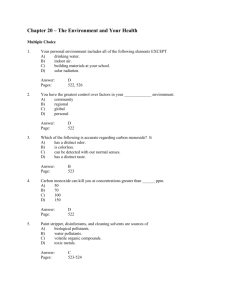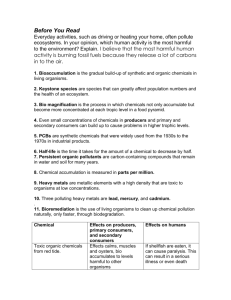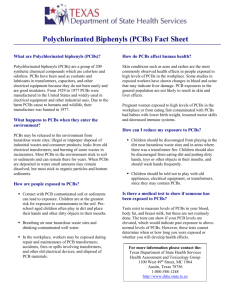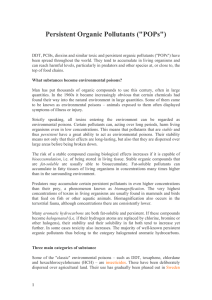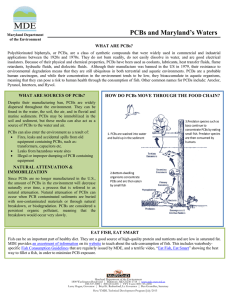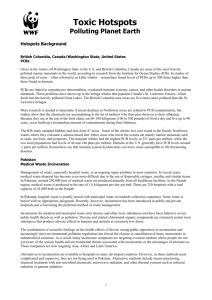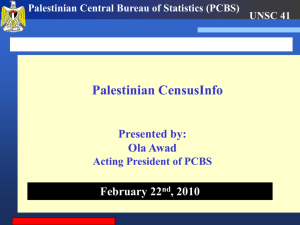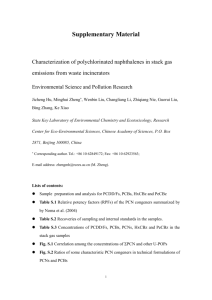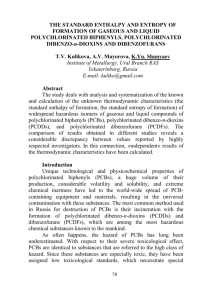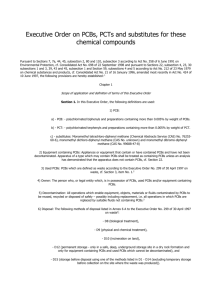Do you remember what it was like swimming in a river with your
advertisement
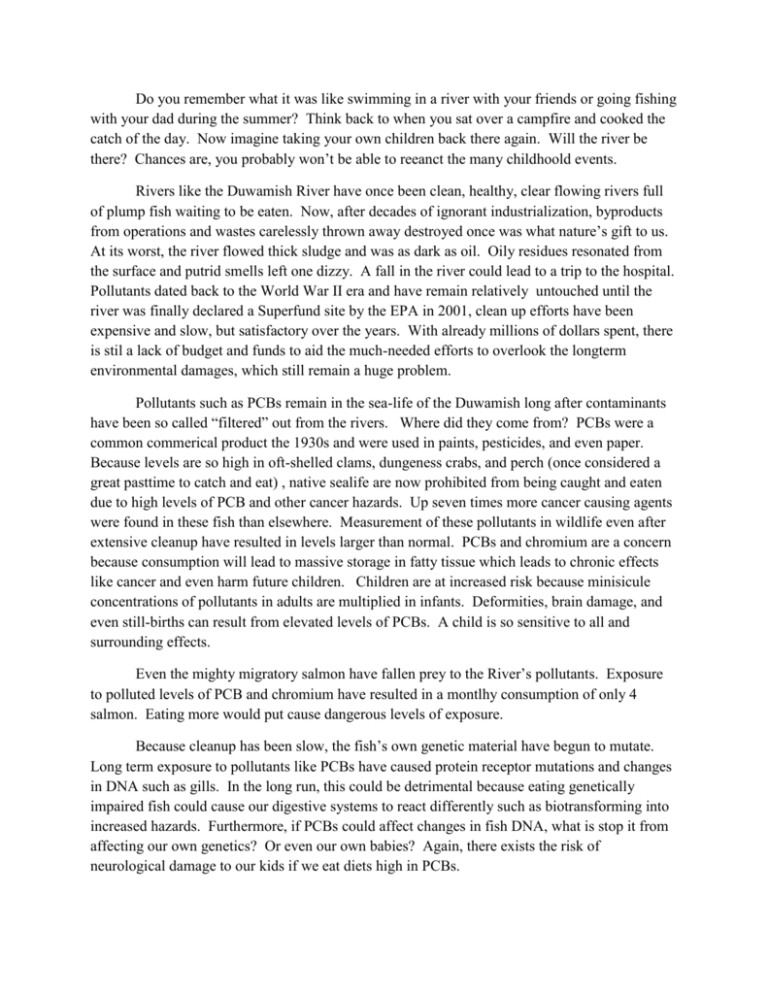
Do you remember what it was like swimming in a river with your friends or going fishing with your dad during the summer? Think back to when you sat over a campfire and cooked the catch of the day. Now imagine taking your own children back there again. Will the river be there? Chances are, you probably won’t be able to reeanct the many childhoold events. Rivers like the Duwamish River have once been clean, healthy, clear flowing rivers full of plump fish waiting to be eaten. Now, after decades of ignorant industrialization, byproducts from operations and wastes carelessly thrown away destroyed once was what nature’s gift to us. At its worst, the river flowed thick sludge and was as dark as oil. Oily residues resonated from the surface and putrid smells left one dizzy. A fall in the river could lead to a trip to the hospital. Pollutants dated back to the World War II era and have remain relatively untouched until the river was finally declared a Superfund site by the EPA in 2001, clean up efforts have been expensive and slow, but satisfactory over the years. With already millions of dollars spent, there is stil a lack of budget and funds to aid the much-needed efforts to overlook the longterm environmental damages, which still remain a huge problem. Pollutants such as PCBs remain in the sea-life of the Duwamish long after contaminants have been so called “filtered” out from the rivers. Where did they come from? PCBs were a common commerical product the 1930s and were used in paints, pesticides, and even paper. Because levels are so high in oft-shelled clams, dungeness crabs, and perch (once considered a great pasttime to catch and eat) , native sealife are now prohibited from being caught and eaten due to high levels of PCB and other cancer hazards. Up seven times more cancer causing agents were found in these fish than elsewhere. Measurement of these pollutants in wildlife even after extensive cleanup have resulted in levels larger than normal. PCBs and chromium are a concern because consumption will lead to massive storage in fatty tissue which leads to chronic effects like cancer and even harm future children. Children are at increased risk because minisicule concentrations of pollutants in adults are multiplied in infants. Deformities, brain damage, and even still-births can result from elevated levels of PCBs. A child is so sensitive to all and surrounding effects. Even the mighty migratory salmon have fallen prey to the River’s pollutants. Exposure to polluted levels of PCB and chromium have resulted in a montlhy consumption of only 4 salmon. Eating more would put cause dangerous levels of exposure. Because cleanup has been slow, the fish’s own genetic material have begun to mutate. Long term exposure to pollutants like PCBs have caused protein receptor mutations and changes in DNA such as gills. In the long run, this could be detrimental because eating genetically impaired fish could cause our digestive systems to react differently such as biotransforming into increased hazards. Furthermore, if PCBs could affect changes in fish DNA, what is stop it from affecting our own genetics? Or even our own babies? Again, there exists the risk of neurological damage to our kids if we eat diets high in PCBs. All these fish and wildlife serve a greater foodchain encompassing a large habitat (that will covers our living areas) and involving many migratory life. Eventually, all these pollutants will travel up the chain to us! It’s imperative that more funding and effort be put into the cleaning up rivers like the Duwamish. Careful procedures must be done to ensure that the surrounding wildlife will not have longterm hazards because they are apart of our daily lives and our future childrens lives. If not for the environment, do it for our future babies, who have done nothing wrong to deserve being exposed to these hazards. If you want to your child to enjoy the great nature past times, please consider spreading awareness.
